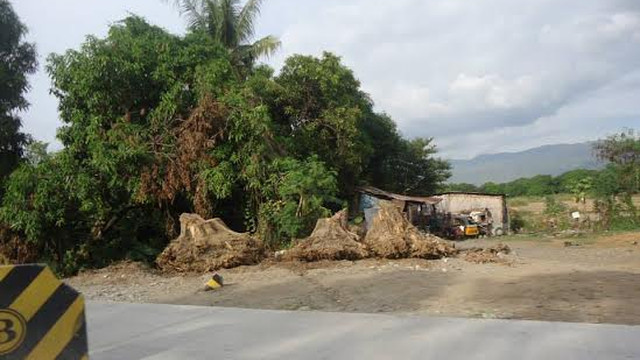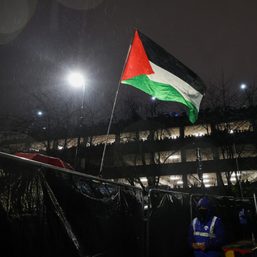SUMMARY
This is AI generated summarization, which may have errors. For context, always refer to the full article.

MANILA, Philippines – To replace the thousands of trees felled to make way for road-widening projects all over the country, the Department of Public Works and Highways (DPWH) will plant 772,900 trees.
The agency’s “Tree Replacement Program” is to fulfill requirements by the Department of Environment and Natural Resources (DENR) for DPWH to plant 100 trees for every tree cut. (READ: Cebuanos oppose DPWH plan to cut century-old trees)
This was a condition to the issuance of Environmental Compliance Certificates (ECCs), a document needed before any infrastructure project can begin.
A memorandum issued by Executive Secretary Paquito Ochoa Jr in 2012 served as a blanket approval for DPWH to cut trees in 8 regions: Regions I, II, IV-A, V, VIII, IX and XI.
The DENR has identified tree-planting sites for the project, which include mangrove areas in Eastern Visayas damaged by Super Typhoon Yolanda (international name Haiyan).
“We have to rehabilitate these damaged mangrove areas and restore them as natural protection agents of communities and ecosystems from strong waves, soil erosion and siltation,” said DPWH Secretary Rogelio Singson.
According to DENR Secretary Ramon Paje, Singson’s agency has been “complying very well” with the tree-planting requirement.
‘Massacre’
The nationwide road-widening projects of the DPWH have enraged environmentalists and residents of affected local government units who call the campaign a “massacre of trees.”
“Thousands of decades-old trees had been massacred as a sacrifice for infrastructure projects in Pangasinan, Laguna, Sorsogon, Baguio, Cebu and other parts of the country,” said the Civil Society Advisory Council Philippines. (READ: ‘Mass murder’ in Mt. Makiling)
In Samar, 7,729 trees were cut for the construction of the 222-kilometer Samar Road.
The road will connect the towns of Paranas, Hinabangan, Taft, Sulat, San Julian, Borongan, Maydolong, Balangkayan, Llorente, Hernani, General Mac Arthur, Quinapondan, Salcedo, Mercedes, and Guiuan – all located in Eastern Samar.
In Pangasinan, more than 1,000 trees – some decades-old acacias – were toppled for the Manila North Road widening project.
Responding to concerned citizens in a July 3 forum, Paje said tree-cutting in public spaces is usually not allowed except if it is for DPWH projects meant to recover right of way for vehicles.
Singson added that the road-widening is a priority project of his department to improve access to rural areas and spread economic development to the countryside.
But environmentalists and urban planners counter that road-widening does not need to come at the cost of cherished trees.
Some existing road designs include trees as center islands or road buffers.
Citizens say that, aside from providing aesthetic relief, trees pose concrete benefits to the community like flood mitigation and reduction of air pollution. – with reports from Pia Ranada/Rappler.com
Add a comment
How does this make you feel?





There are no comments yet. Add your comment to start the conversation.